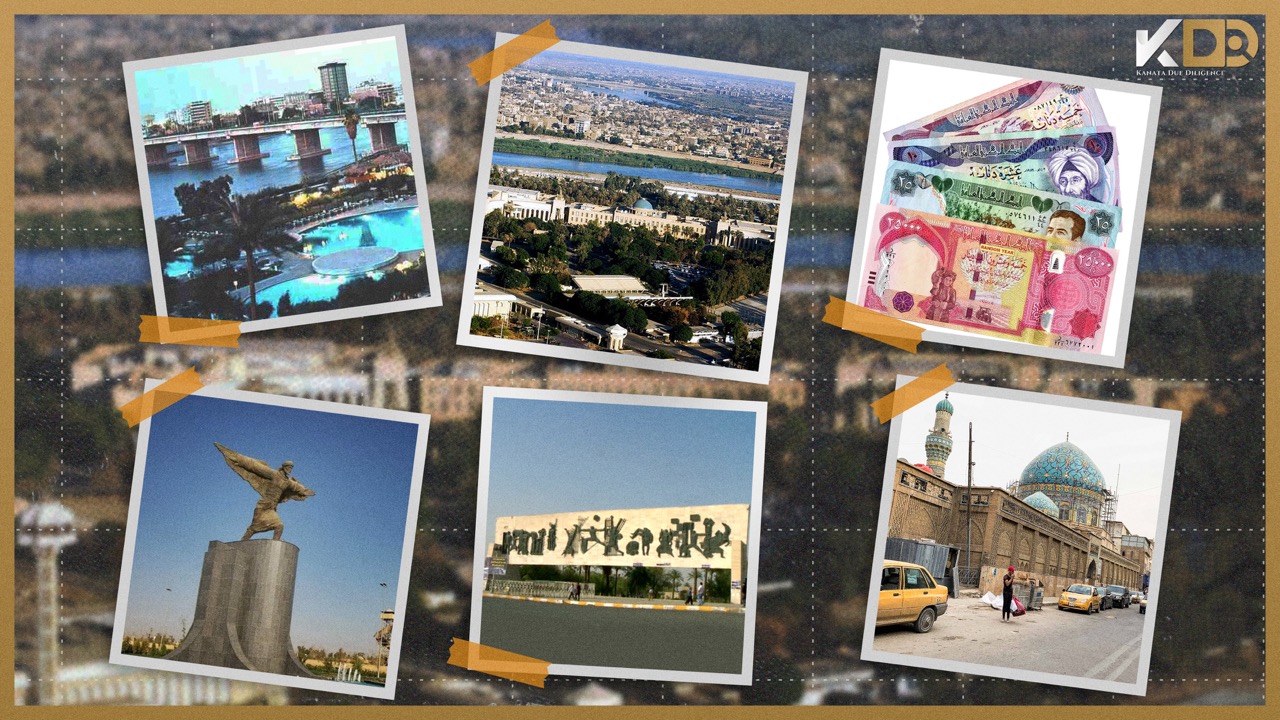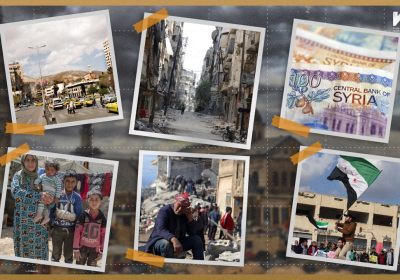A brief about IRAQ, a cultural and historical country

IRAQ, located in the heart of the Middle East, stands as one of the world’s most oil-dependent nations. Its geopolitical position is crucial, bordered to the north by Turkey, to the east by Iran, to the west by Syria and Jordan, and to the south by Saudi Arabia and Kuwait. This strategic location has made Iraq a focal point for regional dynamics and global interests.
The constitutional framework of Iraq, established in 2005, recognizes both Arabic and Kurdish as the official languages, reflecting the country’s rich cultural and ethnic diversity. However, despite its cultural wealth, Iraq has faced numerous challenges, primarily stemming from its heavy reliance on oil. Over the past three decades, more than 99% of exports, 95% of the government’s budget, and a substantial 42% of the GDP have been driven by oil earnings.
Structural limitations pose significant hazards to Iraq’s stability. Challenges include constraints in public investment management, which have adversely affected the provision of public services. The delayed resolution of arrears, particularly those related to public wages, adds to the economic strain. Moreover, the exposure of state-owned banks and the central bank to the sovereign presents a considerable risk, requiring careful navigation for sustainable economic development.
Iraq’s fragility extends beyond economic concerns to encompass political instability. The nation has grappled with fragile political circumstances that have hindered progress and unity. A deficient healthcare system further compounds the challenges, leaving the population vulnerable to health crises, as evident in the face of global pandemics. Widespread corruption, a persistent issue, fuels discontent throughout the nation, eroding trust in institutions and hindering progress.
To visualize Iraq’s complex landscape, it’s crucial to examine the geopolitical map of the country. The map reveals the intricate borders with neighboring nations, highlighting the interconnectedness of Iraq with regional dynamics. Understanding these geographical intricacies is key to comprehending the challenges Iraq faces and the broader implications for the Middle East.
In conclusion, Iraq’s dependence on oil, coupled with structural limitations, political fragility, healthcare deficiencies, and corruption, creates a multifaceted landscape of challenges. Addressing these issues requires a comprehensive and coordinated effort from both domestic and international stakeholders. As Iraq strives for stability and progress, the global community plays a crucial role in supporting the nation’s journey towards sustainable development and resilience.
Summary of. Regime changes and leaders in IRAQ
1921-1958: Monarchy and Early Years
- 1921: The Kingdom of Iraq is established following the collapse of the Ottoman Empire. Faisal I, a key figure in the Arab Revolt during World War I, becomes the first King, inaugurating a constitutional monarchy.
- 1939: King Faisal I passes away, and his son, Ghazi, ascends to the throne, facing challenges in maintaining stability during a tumultuous period marked by World War II.
- 1953: King Ghazi dies in a car accident, and his son Faisal II becomes the new monarch, though the influence of the monarchy is waning.
1958: First Republic and Overthrow of the Monarchy
- July 14, 1958: A military coup, known as the 14 July Revolution, takes place, overthrowing the monarchy. King Faisal II is assassinated, and Iraq transitions into the Iraqi Republic, with Abdul Karim Qasim as Prime Minister.
- 1958-1963: Qasim’s leadership faces internal dissent and external pressures, particularly due to Cold War dynamics.
1963-1968: Qasim’s Overthrow and Ba’athist Rule
- February 8, 1963: Qasim is overthrown in a coup orchestrated by the Ba’ath Party and the military. Abdul Salam Arif becomes the new President.
- 1966: Abdul Salam Arif dies, and his brother, Abdul Rahman Arif, assumes the presidency, overseeing a period marked by political turbulence and coups.
- July 17, 1968: Another Ba’athist coup occurs, solidifying the party’s control under President Ahmed Hassan al-Bakr.
1979: Saddam Hussein Takes Power
- July 16, 1979: Al-Bakr resigns, and Saddam Hussein, then Vice President, assumes power, ushering in an era of authoritarian rule characterized by political repression and regional conflicts.
2003: Overthrow of Saddam Hussein
- March 20, 2003: The United States, along with coalition forces, invades Iraq, alleging weapons of mass destruction. Saddam Hussein goes into hiding.
- December 13, 2003: Saddam Hussein is captured by U.S. forces, leading to his trial and execution in 2006.
2005: New Political Order
- January 30, 2005: Iraq holds its first democratic elections after the fall of Saddam Hussein, leading to the establishment of a transitional government.
2014: Rise of ISIS and Political Shifts
- June 2014: The Islamic State of Iraq and Syria (ISIS) captures large parts of Iraq, leading to a significant security crisis.
- August 2014: Nouri al-Maliki steps down as Prime Minister, and Haider al-Abadi assumes office, tasked with countering the ISIS threat.
2018: Post-ISIS Reforms
- May 2018: Iraq declares victory over ISIS. Adel Abdul Mahdi becomes Prime Minister, facing the challenges of post-conflict reconstruction and economic recovery.
2019-2020: Protests and Political Changes
- November 2019: Widespread protests erupt against corruption and inadequate public services. Abdul Mahdi resigns.
- February 2020: Mohammed Tawfiq Allawi is nominated as Prime Minister but fails to form a government.
- May 2020: Mustafa Al-Kadhimi becomes Prime Minister, inheriting a nation grappling with economic challenges, political unrest, and the aftermath of the protest movements.
2022: Mohammed Shiya Sudani Assumes Prime Ministership
- October 27, 2022: Mohammed Shiya Sudani assumes the role of Prime Minister of Iraq, succeeding Mustafa Al-Kadhimi. His political career includes serving as the Human Rights Minister in the Council of Ministers of Prime Minister Nouri al-Maliki from 2010 until October 2014.
This detailed timeline highlights the intricate political journey of Iraq, shaped by a complex interplay of historical, regional, and internal factors. The nation’s trajectory reflects both resilience and the ongoing quest for stability and prosperity.



Leave a Reply